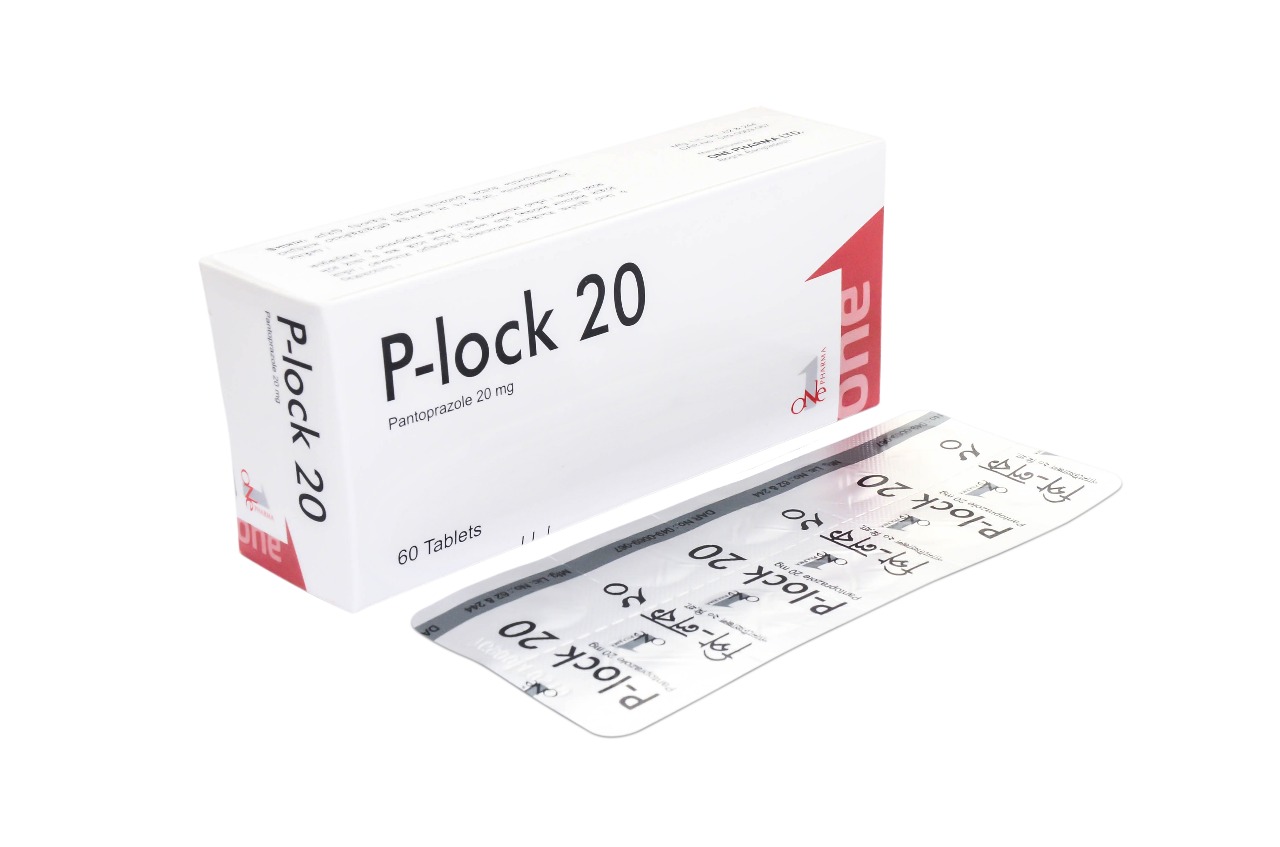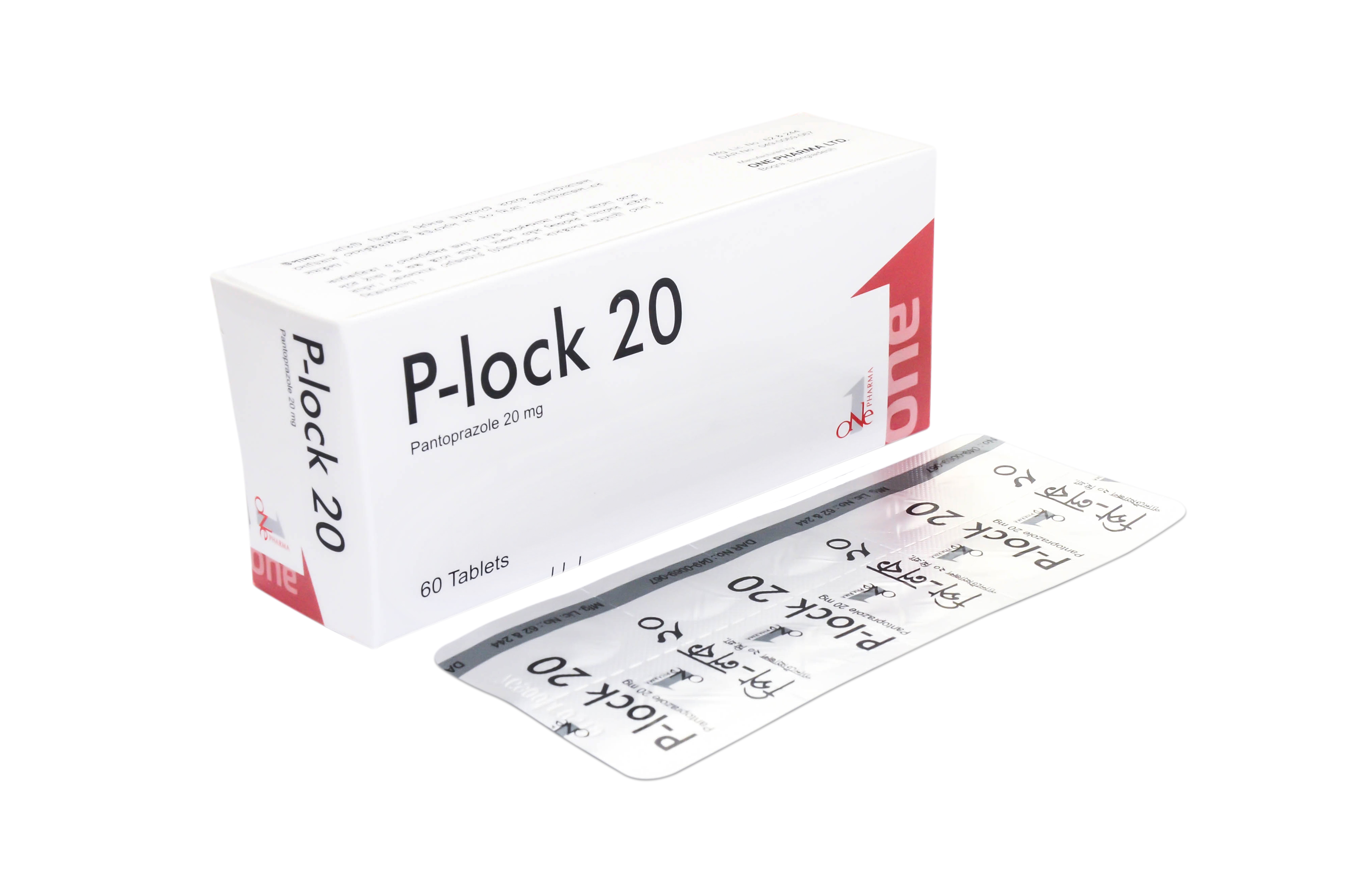



Pantoprazole (P-lock) is chemically a novel substituted benzimidazole derivative, which suppresses the final step in gastric acid production by forming a covalent bond to two sites of the H , K – ATPase enzyme system at the secretory surface of the gastric parietal cell. This leads to inhibition of both basal and stimulated gastric acid secretion irrespective of the stimulus. The binding to the H /K – ATPase results in duration of antisecretory effect that persists longer than 24 hours. Pantoprazole (P-lock) is quantitatively absorbed and bioavailability does not change upon multiple dosing. Pantoprazole (P-lock) is extensively metabolized in the liver. Almost 80% of an oral dose is excreted as metabolites in urine; the remainder is found in feces and originates from biliary secretion.